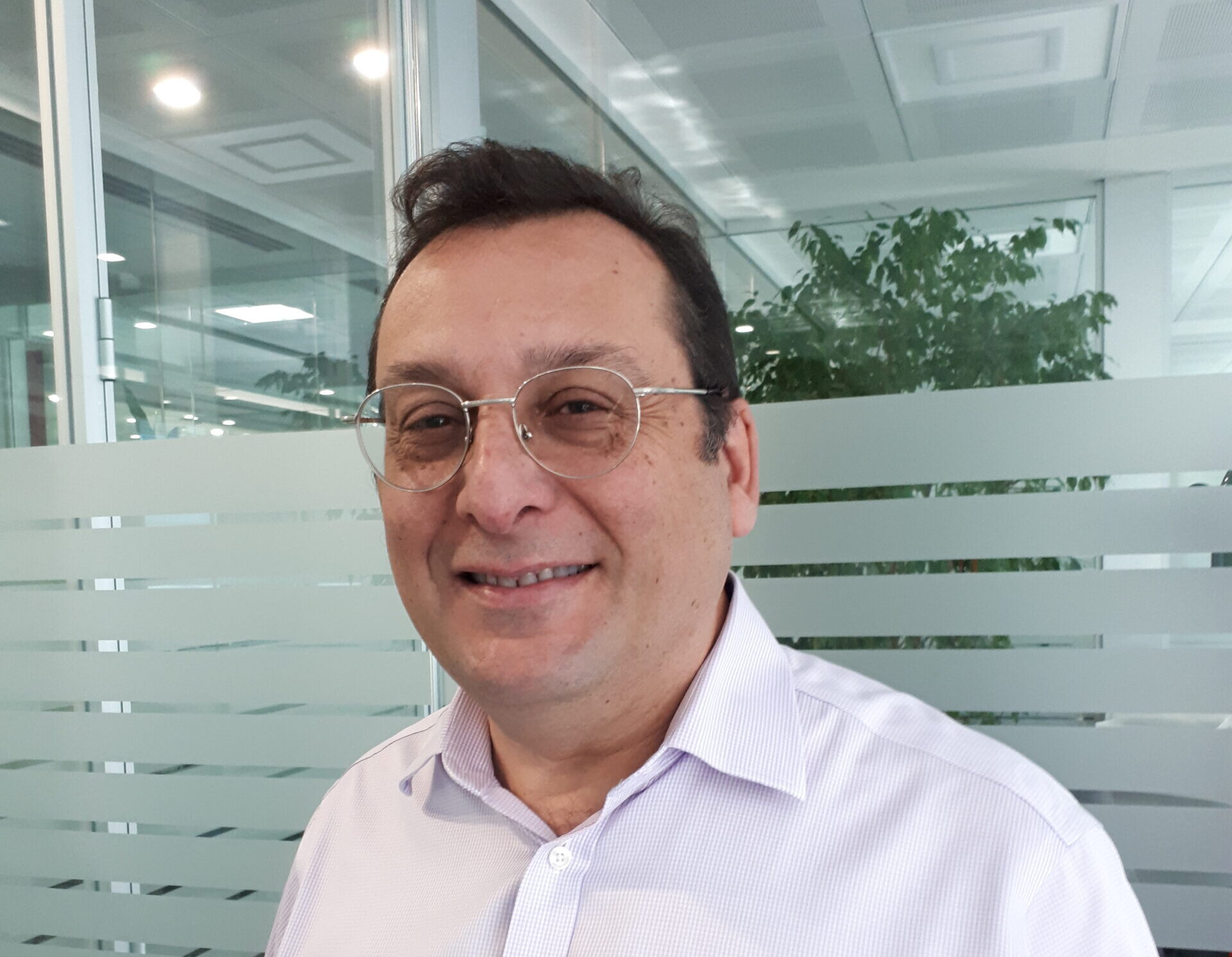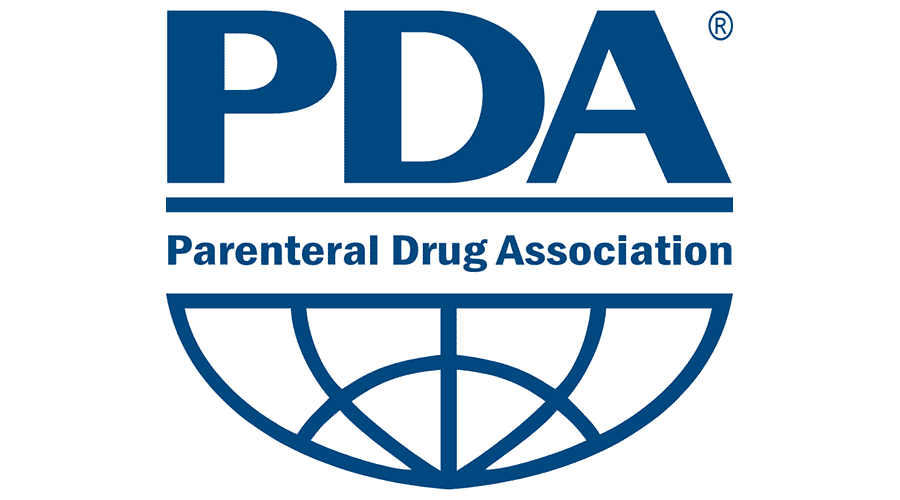
IMA Life at the PDA Aseptic Processing of Biopharmaceuticals Conference | 25-26 October 2022, South Korea
IMA Life at the PDA Aseptic Processing of Biopharmaceuticals Conference
IMA Life is pleased to take part in the PDA Aseptic Processing of Biopharmaceuticals Conference which will address topics related to the manufacturing of sterile drug products and patient-friendly applications. This year’s conference will build up on last year’s theme including topics involving challenges in isolators, glove leak testing, pre-filled syringe installations, use of robotics in aseptic filling, and recent innovations in visual inspections. It will also introduce Industry 4.0 in aseptic filling, advances in glass technologies and Quality in Biotherapy Production.
Presentation topics will be divided into three sections.
MANUFACTURING:
- Aseptic manufacturing using isolators, design, new technologies.
- Use of robotics in aseptic filling.
- Glove leak rate detection.
- RABS case study.
- Developing a pass through decon best practice.
- Primary packaging sourcing, advancement in glass technology.
- Regulatory expectations for extractables & leachables on packaging systems.
- Important considerations for aseptic techniques.
REGULATORY UPDATES
- MFDS perspective in vaccines.
- Best practices in regulatory inspections.
QUALITY ASSURANCE
- Aseptic operations, managing risks, quality monitoring.
- Implementation of novel systems.
Visit IMA Life booth #3 and to not miss our presentation “Innovative isolator design for high toxic and biological risk aseptic production”.
ABSTRACT
To keep up with injectable market evolution, pharmaceutical companies and CDMOs need to be able to manage a wide range of toxic/biological risks in different products and packaging types. When an injectable product includes highly biologically active components with e.g. viral vectors, the production process and the entire facility may have to comply with BSL-2 or even BSL-3 requirements, the increasing the complexity of equipment and processes tends to limit production flexibility. At the same time, any high-potent components, such as antiblastic products or monoclonal antibodies linked to cytotoxic components (ADC), may require the entire fill-finish system to qualify up to OEB level > 5, i.e. with release of contaminants outside the isolated environment in amounts lower than 1 µg/m3.
The presentation intends to demonstrate, through a case study, how it is possible to create innovative aseptic isolated production lines able to achieve this goal, using isolator with “full one-pass” ventilation approach. This solution makes possible to treat highly toxic products or products with a high biological risk, minimising the risk of cross-contamination in the ventilation and filtration system. The one-pass design required the creation of innovative balancing chambers and pressure control systems, capable of handling air flow rates three times higher than traditional isolators, while maintaining high pressure, temperature and humidity control requirements.
Thanks to the one-pass design, it is also possible to reduce the duration of tradition decontamination cycles even if a very low hydrogen peroxide residue (less than 0.2 PPM) is requested. A series of studies were carried out for the optimization of the decontamination cycles with spectrometric instruments for analysing the concentration of hydrogen peroxide up to residues of 100 ppb, to avoid any risk towards easily oxidizable products.
Finally, it is analysed the inlet and outlet filter configuration, wash-in-place automatic systems and how the same isolated line can switch from hazardous to non-hazardous products, leveraging the pressure cascade flexibility between the isolator chambers.
| DATE AND TIME | LANGUAGE | SPEAKER |
| October 25, 2022 at 10:50 am. |
English |
Marco Preus Aseptic Processing Sales Director for Asia-Pacific and specialist in Isolation Technology.  |


